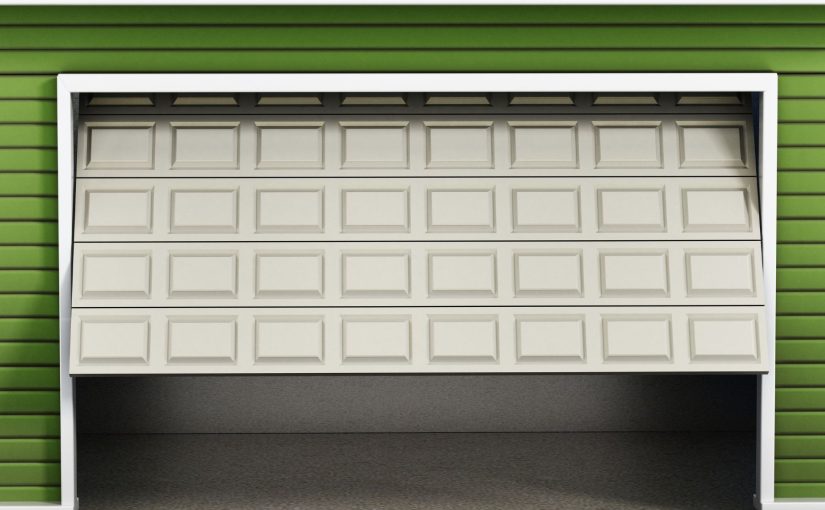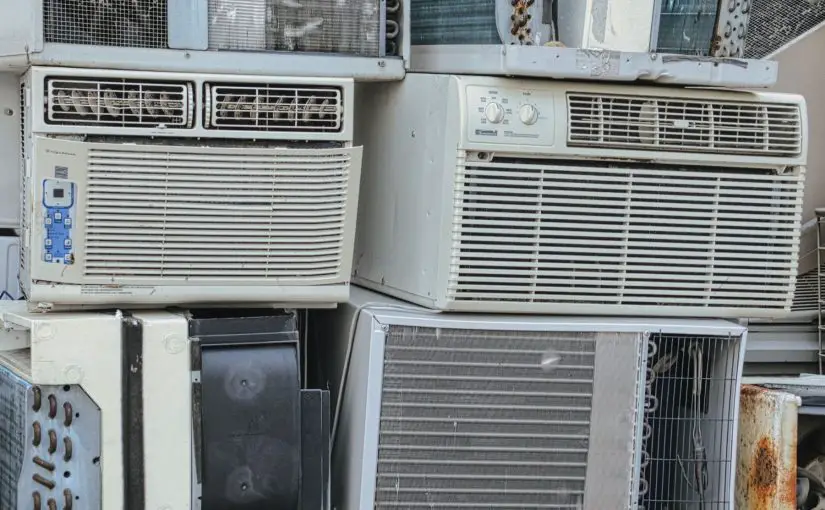When it comes to running your air conditioner during a thunderstorm, there are some important factors to consider.
While it may be tempting to crank up the AC to stay cool during a storm, there are some risks involved that you should be aware of.
Window Air Conditioner During Thunderstorm?
A few things you should know…
Turn Off Your AC During a Thunderstorm
One of the main reasons to consider turning off your air conditioner during a thunderstorm is the risk of lightning strikes.
If your air conditioner is struck by lightning, it can cause damage to the unit and even start a fire in your home.
In addition to the risk of lightning strikes, there is also the potential for power surges during a thunderstorm.
These power surges can damage your air conditioner and other electronic devices in your home, which can be costly to repair or replace.
To avoid these risks, it is best to turn off your air conditioner during a thunderstorm. This can help protect your home and keep you safe during inclement weather.
 Staying Cool During a Storm
Staying Cool During a Storm
While turning off your air conditioner during a thunderstorm may be necessary for safety reasons, it can also make it difficult to stay cool during a storm.
However, there are alternative ways to cool your home that can be just as effective.
One option is to use fans to circulate air throughout your home. Ceiling fans and box fans can help keep air moving, which can make it feel cooler inside.
You can also open windows and doors to create a cross-breeze, which can help cool down your home.
Another way to stay cool during a storm is to take cold showers or baths. This can help lower your body temperature and provide some relief from the heat.
It is also important to stay hydrated during a thunderstorm. Drinking plenty of water can help prevent dehydration, which can be dangerous during extreme heat.
Running the Air Conditioner During Heavy Rain
While turning off your air conditioner during a thunderstorm is recommended, what about heavy rain? Can you still run your AC during a downpour?
While it may be tempting to run your air conditioner during heavy rain, there are some potential risks involved. One of the main concerns is water damage to your air conditioning unit.
If your air conditioner is not properly protected, water can get into the unit and cause damage. This can lead to costly repairs or even the need for a full replacement of the unit.
To protect your air conditioner during heavy rain, it is important to take some precautions. One option is to cover your air conditioning unit with a tarp or other waterproof material. This can help keep water from getting into the unit and causing damage.
Another option is to ensure that your air conditioning unit is installed on a level surface. If the unit is installed on a slope or uneven surface, water can accumulate and cause damage to the unit.
It is also important to make sure that your air conditioning unit is properly maintained.
Regular maintenance can help ensure that your unit is in good working condition and can help prevent damage from heavy rain or other weather-related factors.
 Conclusion. Should You Run Your Window Air Conditioner During a Thunderstorm?
Conclusion. Should You Run Your Window Air Conditioner During a Thunderstorm?
When it comes to running your air conditioner during a thunderstorm, there are some important factors to consider.
While it may be tempting to stay cool during a storm, it is important to prioritize safety and protect your home and air conditioning unit from potential damage.
By turning off your air conditioner during a thunderstorm, you can help avoid the risk of lightning strikes and power surges.
And if you do need to cool down during a storm, there are alternative methods you can use to stay comfortable.
If you do need to run your air conditioner during heavy rain, be sure to take precautions to protect your unit from water damage.
By following these tips, you can keep your air conditioner in good working condition and ensure that your home stays cool and comfortable all summer long.
In addition to these tips, it is important to be prepared for inclement weather in general.
This means having an emergency kit on hand with supplies like flashlights, batteries, and first aid supplies. It also means having a plan in place for what to do in the event of a power outage or other emergency.
By taking the time to prepare for inclement weather, you can help protect your home and family from potential dangers.
And by being proactive about maintaining your air conditioning unit, you can help ensure that it runs efficiently and reliably throughout the summer months.
Overall, while it may be tempting to run your air conditioner during a thunderstorm, it is important to consider the potential risks involved.
By turning off your air conditioner during a storm and taking other precautions to protect your unit, you can help keep your home safe and comfortable during even the most extreme weather conditions.
FAQ:
Can turning off my air conditioner during a thunderstorm really prevent lightning strikes?
While it may not completely prevent lightning strikes, turning off your air conditioner can reduce the risk of damage to your unit and potential fire hazards.
How can I stay cool during a storm without running my air conditioner?
Using fans to circulate air, taking cold showers, and staying hydrated are all effective ways to stay cool during a storm.
What are the risks of running my air conditioner during heavy rain?
The main risk is water damage to your unit, which can be costly to repair or replace.
Running your air conditioner during heavy rain can pose several risks to your unit and home. Here are some potential dangers to be aware of:
Water Damage:
The most common risk of running your air conditioner during heavy rain is water damage. When water gets into your air conditioning unit, it can cause a variety of problems, including rust, corrosion, electrical damage, and mechanical failure. This can result in costly repairs or even the need for a full replacement of your unit.
Electrical Hazards:
Heavy rain can cause electrical hazards that may affect your air conditioning unit. Lightning strikes or power surges can cause electrical damage to your unit, which can lead to dangerous situations such as fires or electrocution. It is crucial to turn off your air conditioner during a thunderstorm to prevent these risks.
Reduced Efficiency:
Heavy rain can cause reduced efficiency in your air conditioning unit, making it work harder than it should. When the air conditioning unit is struggling to keep up with the demand, it consumes more energy and puts a strain on the system. This can lead to higher energy bills and more frequent breakdowns.
Health Hazards:
Running your air conditioner during heavy rain can lead to health hazards if your unit is not properly maintained. When moisture builds up in the unit, it can create a breeding ground for mold and bacteria, which can circulate throughout your home and cause health problems. To prevent these risks, it is essential to have your air conditioning unit regularly cleaned and serviced by a professional.
What precautions should I take to protect my air conditioning unit during heavy rain?
Covering your unit with a tarp or waterproof material, ensuring it is installed on a level surface, and regularly maintaining your unit can all help prevent water damage.
What should I do to prepare for inclement weather?
Have an emergency kit with necessary supplies and a plan in place for power outages or other emergencies. Also, be proactive about maintaining your air conditioning unit to ensure it runs efficiently and reliably.
Is it safe to use a portable air conditioner during a thunderstorm?
It is recommended to avoid using any electronic devices during a thunderstorm, including portable air conditioners. The risk of lightning strikes and power surges can damage the unit and potentially cause harm to you.
How often should I maintain my air conditioning unit?
It is recommended to have your unit professionally inspected and serviced at least once a year. Regular cleaning and filter replacements can also help keep your unit running efficiently.
What should I do if my air conditioner is damaged during a thunderstorm or heavy rain?
If you suspect damage to your air conditioning unit, turn it off immediately and seek professional assistance. Do not attempt to repair or inspect the unit yourself.
Can running my air conditioner during a storm increase my electricity bill?
It is possible that running your air conditioner during a storm can increase your electricity bill due to power surges and fluctuations. Turning off your unit during a storm can help prevent these extra costs.
Are there any environmental concerns with using air conditioning during a storm?
Air conditioning units can contribute to greenhouse gas emissions and energy consumption, so it is important to use them responsibly and efficiently. Turning off your unit during a storm can help reduce unnecessary energy use.







 What’s the Best Air Purifier for Sinuses?
What’s the Best Air Purifier for Sinuses?

 Best Locations for Air Purifiers to Relieve Sinus Issues
Best Locations for Air Purifiers to Relieve Sinus Issues


















